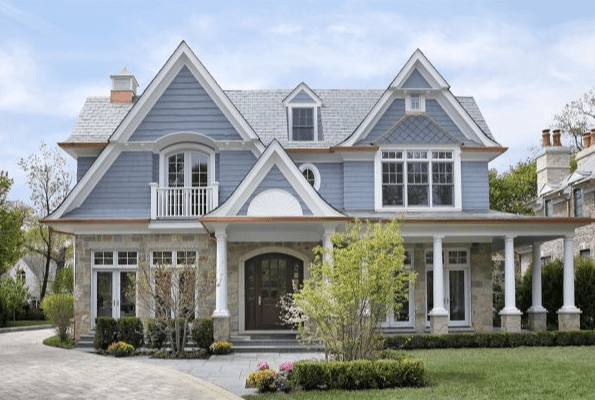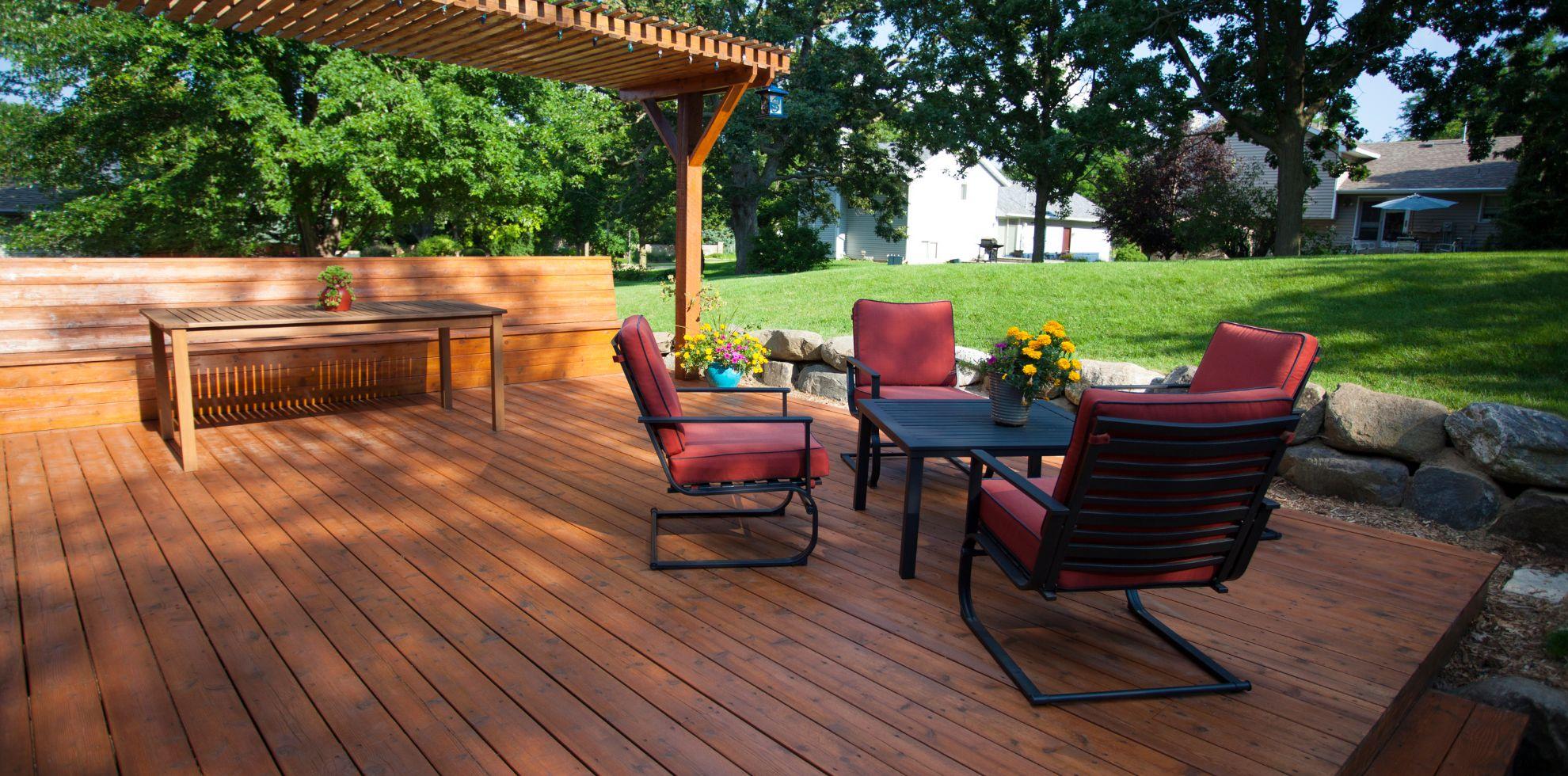
Choosing the Right Paint Colors for Your Home: A Step-by-Step Guide
Choosing the right paint colors for your home is a task of both art and science. With numerous shades, finishes, and brands to pick from, the process of selecting paint colors can feel like an arduous journey. Fear not! We’ve compiled this comprehensive step-by-step guide to help you navigate through the vast ocean of color options for painting your home.
Why Is Picking the Right Paint Shade Important?
Color is more than just visual aesthetics; it profoundly impacts our perception and mood. The right paint shade can modify the ambiance of a space, making a room feel larger, cozier, warmer, or cooler. Therefore, picking the right paint shade plays a significant role in setting the tone and mood of your living environment.
Let’s delve into our step-by-step guide, which will make choosing your ideal paint color a breeze.Understand the Purpose of Each Room
What Color for Which Room?
Every room in your house serves a unique purpose, and understanding this is key to choosing the right paint color. The kitchen, for example, is a place of activity and creativity, and you might want to choose warm and stimulating colors such as reds or oranges.
In contrast, a bedroom is a place of rest, where cooler, calming colors like blue or lavender might be more suitable. Consider the mood you want to evoke in each space.
Do you want your living room to feel cozy and inviting, or do you prefer a more formal atmosphere? Remember, the color of your walls can significantly influence the vibe of your room, so take your time to make a thoughtful decision.
Assess the Natural Light
Lighting plays a critical role in how paint colors appear. Natural light, in particular, can dramatically alter the appearance of a color. Rooms with north-facing windows receive less direct sunlight throughout the day, causing colors to appear cooler. To compensate for this, you might opt for warmer tones like yellows or oranges.
The Science Behind Colors
- Natural light is essential for perceiving colors accurately. It is the most balanced and pure form of light, providing a full spectrum of colors.
- The color of an object is determined by the wavelengths of light it reflects. Natural light contains a wide range of wavelengths, allowing us to see the true colors of objects.
- Different times of the day and weather conditions affect the quality and intensity of natural light. Morning and evening light tends to be warm and golden, while midday light is cooler and bluer. Cloudy or overcast conditions can create diffused light with less contrast.
On the other hand, south-facing rooms receive plenty of sunlight, causing colors to appear warmer. In these rooms, cooler tones like blues or greens may work better. Remember, the color on your walls can look different at various times of the day, so always consider the room’s light exposure.
Consider Your Furniture and Decor

The color of your walls should harmonize with your existing furniture, artwork, rugs, and decor. If you have a room filled with antique wooden furniture, you might opt for warm tones to complement the wood. If your room has a modern aesthetic with a lot of metals and glass, cooler tones might be a better fit.
On the other hand, if you’re ready for a complete makeover, you can use this opportunity to reinvent your space and select a new color scheme. In this case, your paint choice can set the stage for new furniture and decor selections.
Test the Paint Samples
When you’ve narrowed down your interior paint color ideas to a few contenders, it’s time to test them out. Paint a small section of the wall with each sample. You can also paint a piece of foam board and move it around the room to see how the color reacts to light at different times of the day and in different corners of the room.
This step can save you from painting the entire room, only to realize the color doesn’t look the way you expected.
Think About the House as a Whole
While individual rooms can have their own unique color schemes, it’s crucial to maintain a sense of flow and harmony throughout the house. The colors in your home should work together to create a cohesive feel. For example, if you have an open floor plan, the colors of adjacent rooms should complement each other.
Furthermore, your exterior paint color choices should tie in with your interior colors. The goal is to create a seamless transition from outside to inside.
Right Paint Colors for Your Home | Conclusion
Choosing the right paint color for your home is far more than a simple selection from a color wheel. It is a deeply personal decision that has a profound impact on the aesthetic appeal and overall ambiance of your space.
The process might seem daunting at first, but this comprehensive step-by-step guide is designed to simplify the journey for you, transforming it from an overwhelming task into an enjoyable, creative process.
Always remember, the ultimate goal is to cultivate a space that is a reflection of your personality, your passions, and your sense of style. The right color scheme can make your house truly feel like home, offering comfort, harmony, and a sense of belonging.
FAQs (frequently asked questions)
Which paint colors are currently in vogue for living rooms?
Traditionally, living rooms have often been adorned with neutral shades like beige, gray, and white, given their ability to adapt to various décor styles and periods. However, in recent years, there has been a noticeable shift towards more vibrant, bold colors. Shades such as navy blue, hunter green, and mustard yellow are becoming increasingly popular, offering a refreshing, dynamic alternative to conventional hues.
Which paint colors can enhance the perceived size of a room?
To create an illusion of more space within a room, it is advisable to opt for light and bright colors. Neutrals such as white, cream, and pastel shades are particularly effective in making a room appear larger and more illuminated, as they reflect light and emphasize the room’s dimensions.
How should I choose a paint color for my bedroom?
The selection of a bedroom paint color should primarily be guided by the kind of atmosphere you wish to evoke. If you desire a calming and soothing environment conducive to relaxation and rest, you might consider tranquil colors like blue, lavender, or soft green.
What factors should I consider when selecting an exterior paint color?
When choosing an exterior paint color, several factors warrant consideration. These include the architectural style of your home, the color of your roof, and the surrounding landscape. Additionally, it is beneficial to be aware of the prevailing color palette in your neighborhood to ensure aesthetic harmony.
Is it acceptable to use a uniform paint color throughout my home?
Absolutely, using a consistent paint color across your house can create a sense of cohesion and continuity, making the space feel unified and balanced. However, you might also want to consider adding accents or varying shades to break the monotony and add visual interest.

